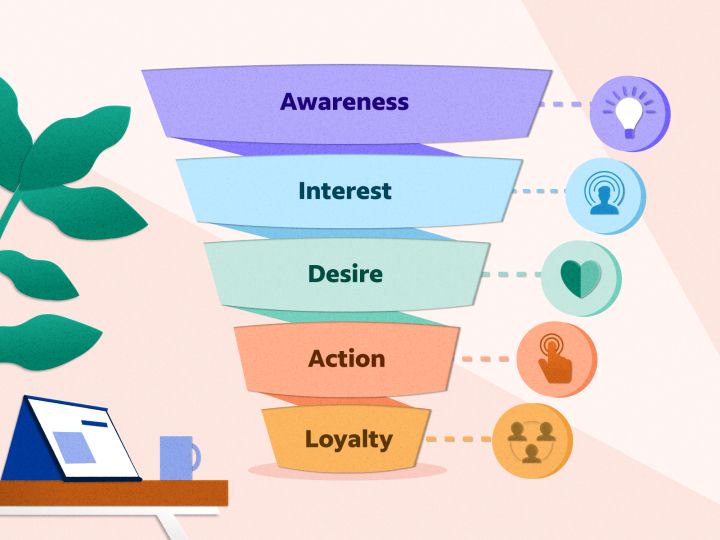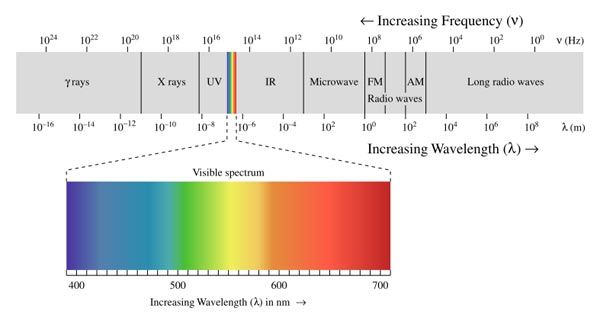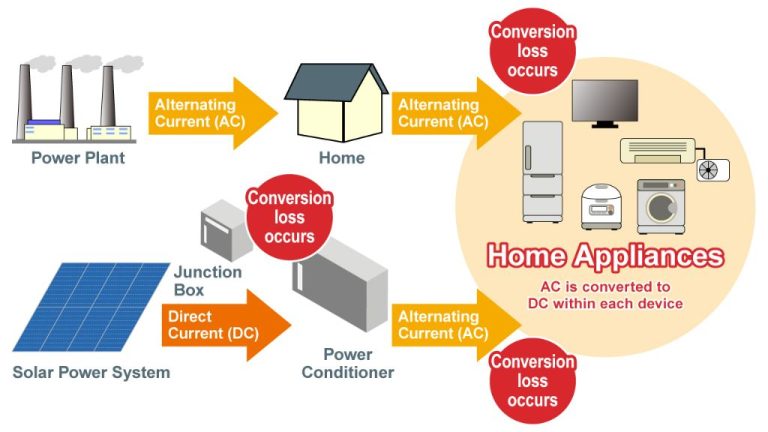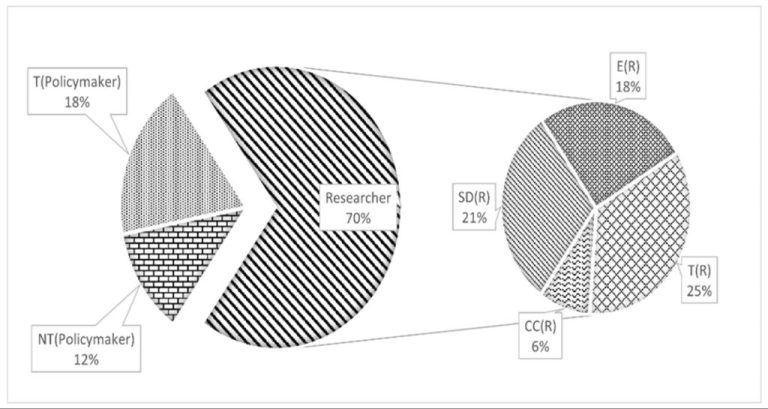What Is Power Conversion For Energy Systems?
Power conversion refers to the process of converting one form of electrical power to another desired form, in order to meet the power requirements of a load. It plays a crucial role in energy systems by adapting the properties of power to efficiently deliver it from an energy source to an end-use application.
For example, photovoltaic solar panels generate low voltage DC power, but appliances in a home require much higher voltage AC power. Power conversion enables using the solar panels to run home appliances by converting the solar DC output to usable AC power. The process allows seamless integration of various components in an energy system.
Power conversion is a key enabling technology for utilizing renewable energy, powering electric vehicles, running consumer electronics, and supplying reliable electric power to residential, commercial and industrial facilities. The field is interdisciplinary, combining power electronics, magnetics, control systems and semiconductor design to efficiently change and regulate electricity.
Power Conversion Basics
Power conversion refers to the process of converting electrical power from one form to another to suit different applications. The most common types of power conversion include:
- AC to DC Conversion – Converting alternating current (AC) to direct current (DC) using a rectifier.
- DC to AC Conversion – Converting direct current (DC) to alternating current (AC) using an inverter.
- Voltage Regulation – Converting one DC voltage level to another to meet load requirements using converters like buck, boost, buck-boost.
- AC Voltage Conversion – Converting from one AC voltage level to another using transformers.
- Frequency Conversion – Converting AC power from one frequency to another using cycloconverters.
The basic principle behind power conversion is the ability to convert the characteristics of electrical power to meet the specific needs of electrical loads and applications. Power conversion systems use power electronic devices like diodes, transistors, thyristors to achieve rapid switching and efficient conversion.
Understanding the fundamentals of power conversion enables designing optimized systems to generate, transmit and consume electric power efficiently in various applications.
Power Conversion Methods
There are several main methods used for power conversion in energy systems:
Rectifiers
Rectifiers convert alternating current (AC) to direct current (DC). They play a critical role in power supplies that convert AC input to DC output. Common types of rectifiers include half-wave rectifiers, full-wave rectifiers, and bridge rectifiers.
Inverters
Inverters convert DC to AC. They are important for connecting DC sources like batteries and solar panels to the AC grid. There are inverters that produce square wave, modified sine wave, and pure sine wave outputs.
Choppers
Choppers convert fixed DC input into variable DC output voltage. They are used in motor control applications to vary motor speed and torque.
Cycloconverters
Cycloconverters directly convert AC input of one frequency to AC output of a different frequency without any intermediate DC link. They provide variable frequency variable voltage control of AC motors.
In addition to these main power converter types, there are also matrix converters, DC-DC converters, and resonant converters used in specialized applications.
Power Conversion Components
Power converters rely on several important components to function. Some of the key components used in power conversion include:
Transformers
Transformers are a crucial component of many power converters. They are used to step voltage up or down as needed for different applications. Transformers work based on electromagnetic induction between two windings to transform AC voltage from one level to another.
Transistors
Transistors like MOSFETs and IGBTs are used as electronic switches in converters. They can turn on and off thousands of times per second to convert the input power signal to the desired output waveform. Advances in transistor technology have enabled more efficient and compact power converter designs.
Thyristors
Thyristors such as SCRs and GTOs are commonly used in medium and high power converters. They act as very fast solid-state switches and can handle high voltage and current. Thyristors are turned on by a gate signal but turn off only when the current through them drops to zero.
Capacitors
Capacitors help smooth out ripple voltages in converters. They also help maintain constant voltage at the output. Capacitors store energy electrostatically and release it when needed to stabilize the output.
In addition to these main components, power converters also rely on control circuitry, drivers, resistors, inductors, and sensors to operate efficiently and safely.
Power Conversion Applications
Power converters have many important applications in modern energy systems and devices. Here are some of the most common applications:
Motor Drives
Variable frequency drives (VFDs) use power converters to control the speed and torque of electric motors. VFDs allow efficient motor operation by adjusting the frequency and voltage supplied to the motor based on load conditions.
Renewable Energy Integration
Power converters are used to convert the variable DC output of renewable sources like solar PV and wind into usable AC power. They allow renewable energy to be fed into the grid and used directly in homes/businesses.
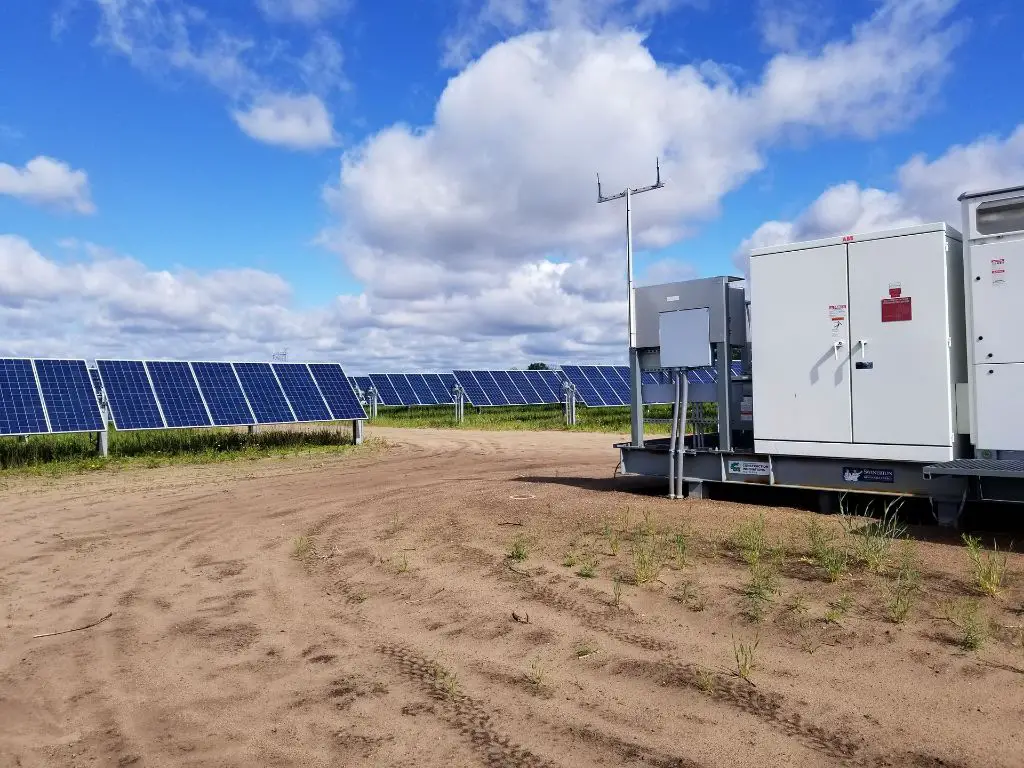
Electric Vehicle Charging
EV chargers use power converters to convert AC from the electric grid into DC that can charge the batteries in EVs. Smart bi-directional chargers can also convert DC from the EV battery back into AC to feed power into the grid.
Power Supplies
Power supplies in computers, appliances and other devices use power converters to convert the AC mains voltage into various DC voltages required by the device electronics and components.
Power conversion enables key functionality and efficiencies in motor drives, renewable energy systems, EVs, power supplies and many other applications.
Power Conversion Standards
There are several key standards that apply to power conversion systems and components:
- IEEE Standards for Power Conversion – The IEEE publishes many standards related to power electronic converters and conversion systems, including testing methods, modeling, control, and more.
- IEC Standards for Power Electronics – The IEC 61000 series covers EMC and power quality standards applicable to power converters.
- UL/EN/IEC Safety Standards – Safety certifications like UL 508C, EN 50178, IEC 60950 relate to safe design of power conversion equipment.
- Automotive Standards – ISO 26262 and other standards apply to automotive power conversion systems.
- Military and Avionics Standards – MIL-STD-704, MIL-STD-1275, DO-160 cover power quality in vehicles, aircraft, and military systems.
- Grid-Connected Inverter Standards – UL 1741, IEEE 1547, IEC 61727, and others apply specifically to grid-tied converters.
Overall, manufacturers must meet the relevant standards for safety, EMC, power quality, and performance based on the application and operating environment for the power conversion equipment.
Power Conversion Efficiency
Power conversion efficiency refers to how much of the input power into a system is converted to usable output power. There are several factors that affect the efficiency of power conversion in energy systems:
Power Converter Type: Different types of converters have varying inherent efficiency levels. For example, high frequency switched mode power supplies can achieve over 90% efficiency, while linear regulators may only reach 60-70% efficiency.
Load Variation: Efficiency is dependent on load current. Light load conditions can cause switching and conduction losses to make up a greater proportion of total losses. Peak efficiency is usually around 50-100% of rated load.
Temperature: As temperature increases, resistive losses in wiring, switches and other components also rise. This negatively impacts efficiency. Careful thermal design is required.
Input Voltage Range: Most converters have an optimal input voltage range where efficiency peaks. Outside this range, efficiency falls off due to switching and component losses.
Switching Frequency: Higher switching frequency reduces magnetics size but increases switching losses. An optimal balance helps maximize efficiency.
Power Converter Size: Larger converters improve efficiency by reducing the percentage of loss relative to capacity. But size is limited by cost, weight and space constraints.
Understanding these factors allows designers to select optimal power converter topologies and components to maximize efficiency for the target application and operating conditions.
Power Conversion Challenges
Power conversion systems face several technical challenges that engineers must address.
One such challenge is harmonics. Harmonics are distortions to the ideal sinusoidal waveform of AC power. They are caused by non-linear loads and can reduce efficiency, cause equipment overheating, and lead to system instability. Mitigation techniques include passive filters, active filters, and designing components to have low harmonic distortion.
Managing reactive power is another difficulty. Reactive power does not do useful work but is needed to maintain voltage levels. Having too much or too little reactive power can damage equipment or cause voltage collapse. Flexible AC transmission systems (FACTS) and other controllers modulate reactive power flow to keep the system stable.
Maintaining stability and preventing cascading failures is critical. Grids are complex interconnected systems that can propagate local disturbances. Advanced grid analytics, real-time monitoring, and fast-acting controls are needed to sense problems and keep systems operating optimally.
High voltage DC (HVDC) transmission, microgrids, renewable integration, and smart grids create additional stability and protection challenges. But new power electronics designs, control algorithms, and system coordination methods are being developed to handle these issues.
In summary, engineers must apply expertise and innovation to overcome technical hurdles in power conversion. Doing so enables safer, more reliable, more efficient energy systems.
Latest Trends
Power conversion technology continues to rapidly advance, driven by the growing demand for more efficient and intelligent energy systems. Here are some of the latest innovations and trends in power conversion:
Wide Bandgap Semiconductors
New wide bandgap semiconductors like silicon carbide (SiC) and gallium nitride (GaN) are enabling high-voltage, high-frequency and high-temperature operation capabilities. These materials allow smaller, faster and more efficient power converters. SiC and GaN devices are steadily replacing legacy silicon-based devices in many applications.
Advanced Topologies and Controls
Innovations in converter topologies, modulation schemes and advanced control algorithms are pushing efficiency and performance boundaries. Topologies like bridgeless PFC, interleaved converters, and soft-switching resonante converters are gaining traction. Predictive control, model predictive control, and AI/machine learning are also being explored to optimize converter operation.
Integrated and Modular Systems
Power converters are becoming more integrated and modularized, with devices, passives and controls consolidated into a single package or subsystem. This improves reliability, reduces size and cost, and simplifies design. Modular power converters with standardized interconnects also enable scalable and reconfigurable systems.
SiC and GaN Integration
With SiC and GaN devices entering the mainstream, fully integrated SiC and GaN converter modules are emerging. These eliminate the need to design complex discrete circuits, enabling faster time-to-market. Chip-scale power conversion modules are also appearing, integrating control, driver, and protection circuits with the power devices.
Applications and Integration
Power density and efficiency improvements are enabling applications like electric aviation, high-density computing, and EV fast charging. Tighter converter integration with end loads such as motors, batteries, and renewables is also accelerating. Bidirectional and multi-port converters for smart grid integration are also gaining adoption.
Conclusion
Power conversion plays a critical role in energy systems by converting and controlling the flow of electrical power. Key takeaways on power conversion include:
– Power conversion enables transferring power between AC and DC circuits through the use of inverters and converters.
– Methods like AC-AC, AC-DC, DC-DC, and DC-AC conversion allow tailoring power to meet application needs.
– Essential components include transformers, rectifiers, inverters, switches, and control circuitry.
– Power conversion is used in renewable energy systems, power supplies, motor drives, transportation, and power transmission.
– Standards help ensure safety, compatibility, and optimal performance.
– High efficiency and reliability are crucial design priorities.
– Emerging trends include higher switching frequencies, new topologies and materials, and smarter control methods.
Looking ahead, power conversion technology will continue advancing to keep pace with the world’s growing energy demands. Goals include higher power densities, improved efficiencies, lower costs, and flexible operation. As renewable energy and electronic devices proliferate globally, reliable and optimized power conversion will become increasingly vital across electrical infrastructure, industry, transportation, and consumer electronics.

